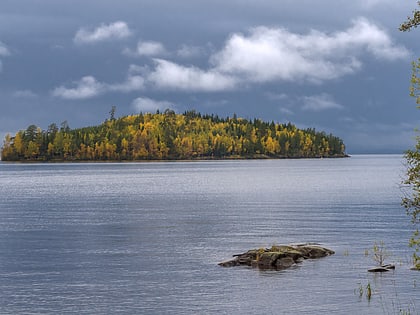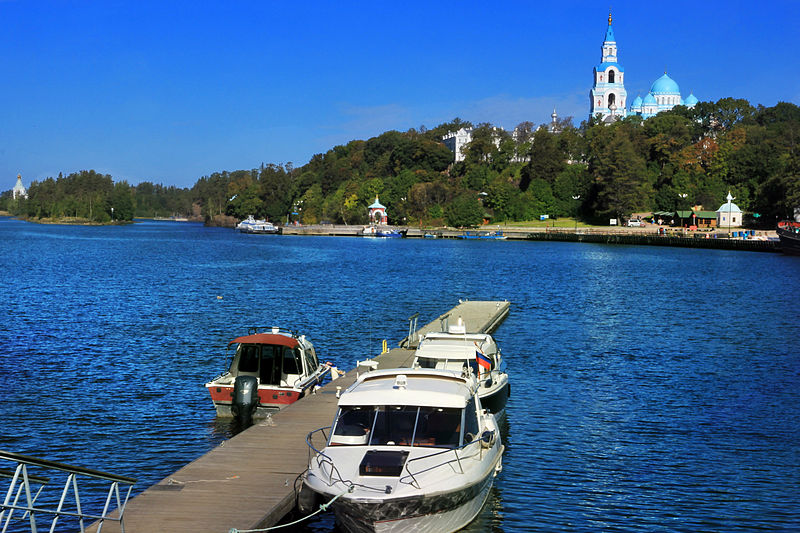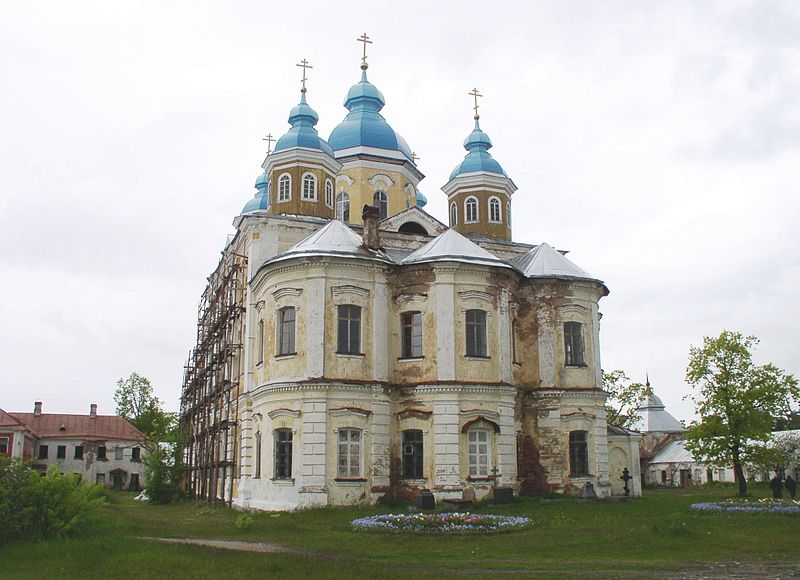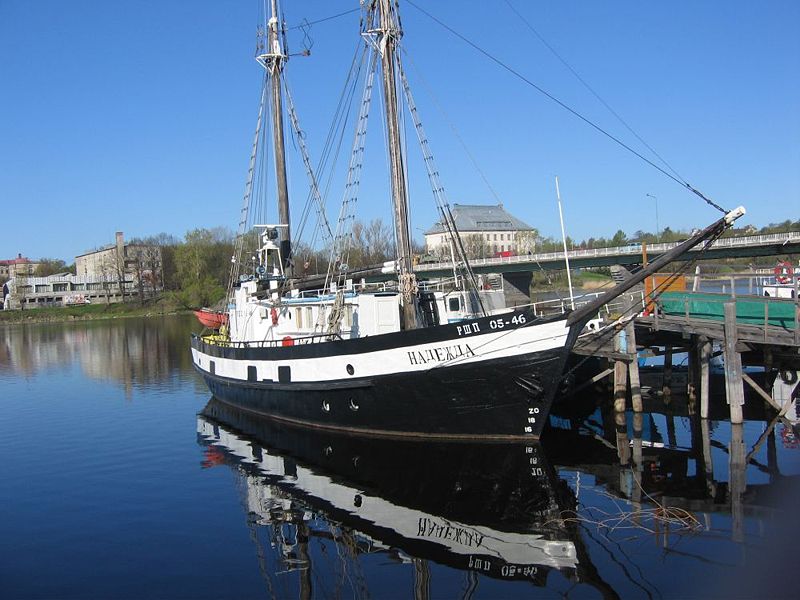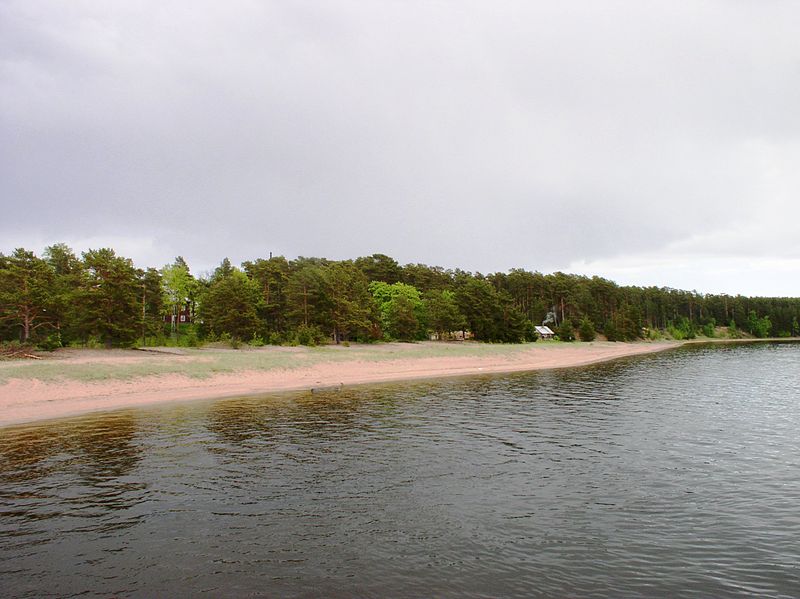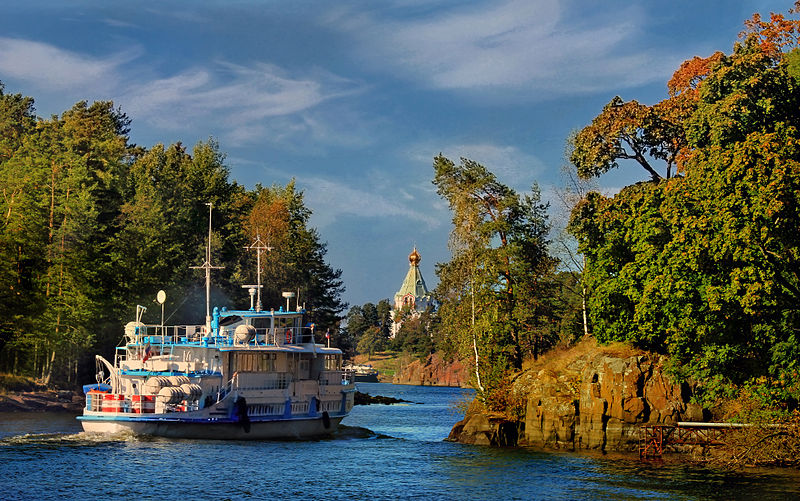Lake Ladoga
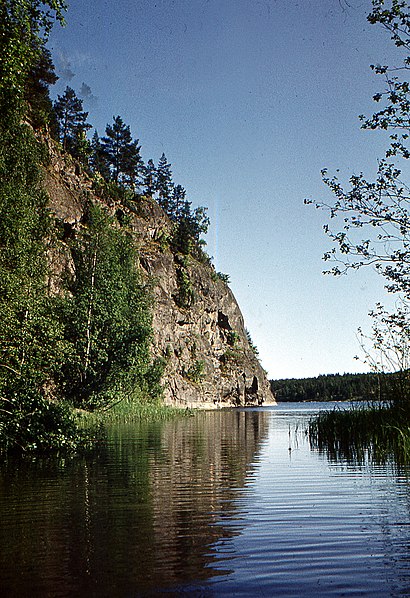
Facts and practical information
Nestled in the northwestern part of Russia, Lake Ladoga is a natural marvel that holds the title of the largest lake in Europe. Covering an area of approximately 17,700 square kilometers, its vast waters serve as a reservoir for over 50 rivers that flow into it, with the Neva River being the most notable outlet, flowing out towards the Gulf of Finland.
This freshwater lake not only boasts an impressive size but also a rich biodiversity. It is home to numerous fish species, making it a paradise for anglers and nature enthusiasts alike. The surrounding landscape is dotted with islands, over 650 in total, each offering unique flora and fauna. Among these, Valaam Island is particularly renowned for its historical monastery and spiritual heritage.
Lake Ladoga plays a significant role in Russian history and culture. It was a critical part of the World War II Leningrad lifeline, where the famous Ice Road provided a vital supply route during the Siege of Leningrad. Today, it continues to be an important waterway for transportation and industry, while also serving as a popular destination for recreation and tourism.
Visitors to Lake Ladoga can engage in a variety of activities such as boating, fishing, and hiking through the picturesque surroundings. The lake's shores are also sprinkled with traditional Russian villages, where one can immerse in the local culture and hospitality.
Karelia
